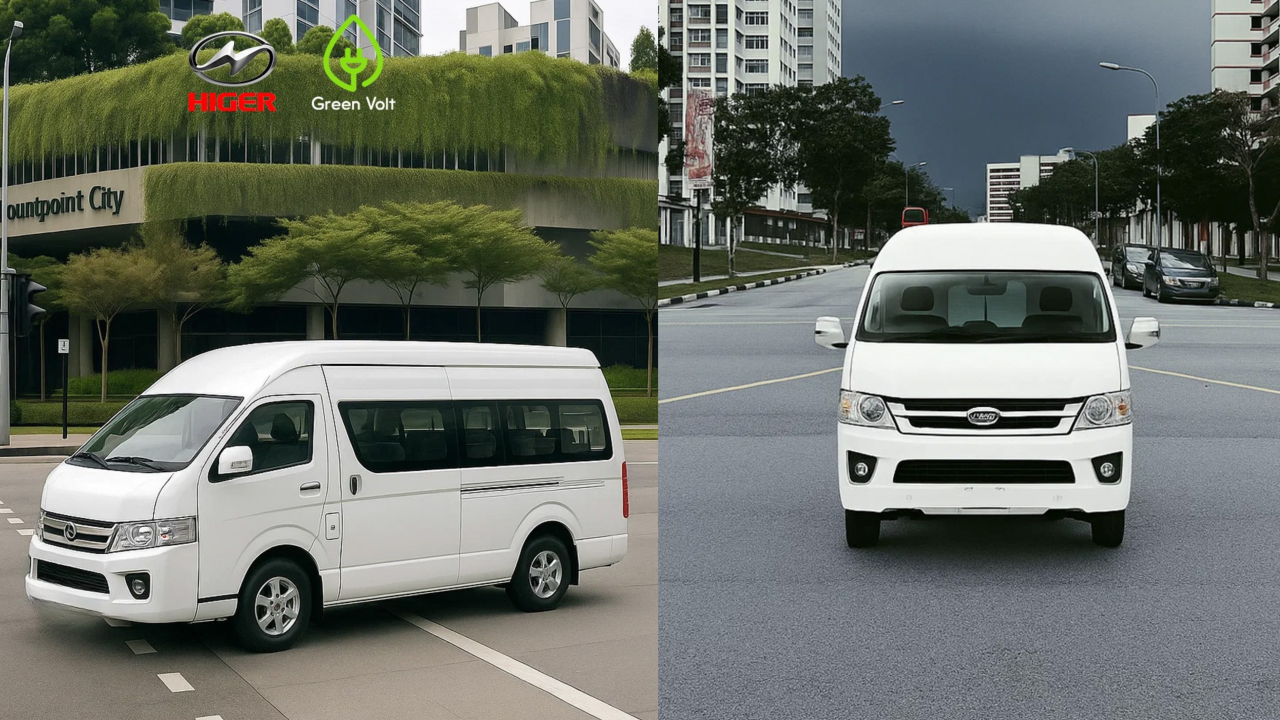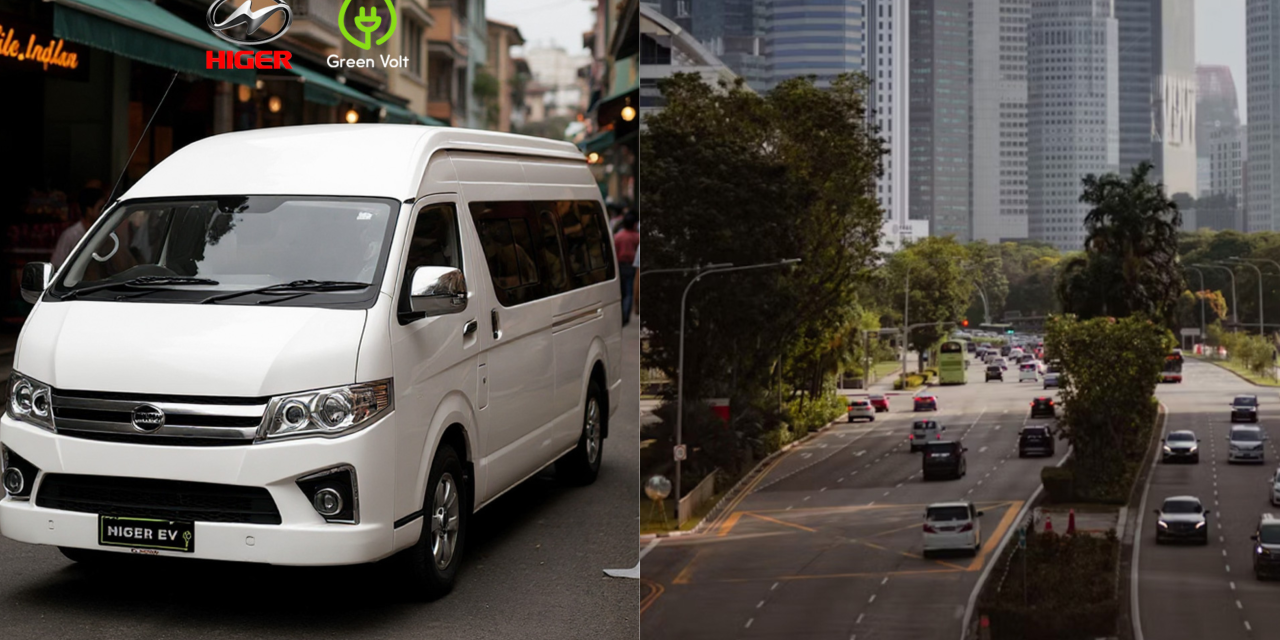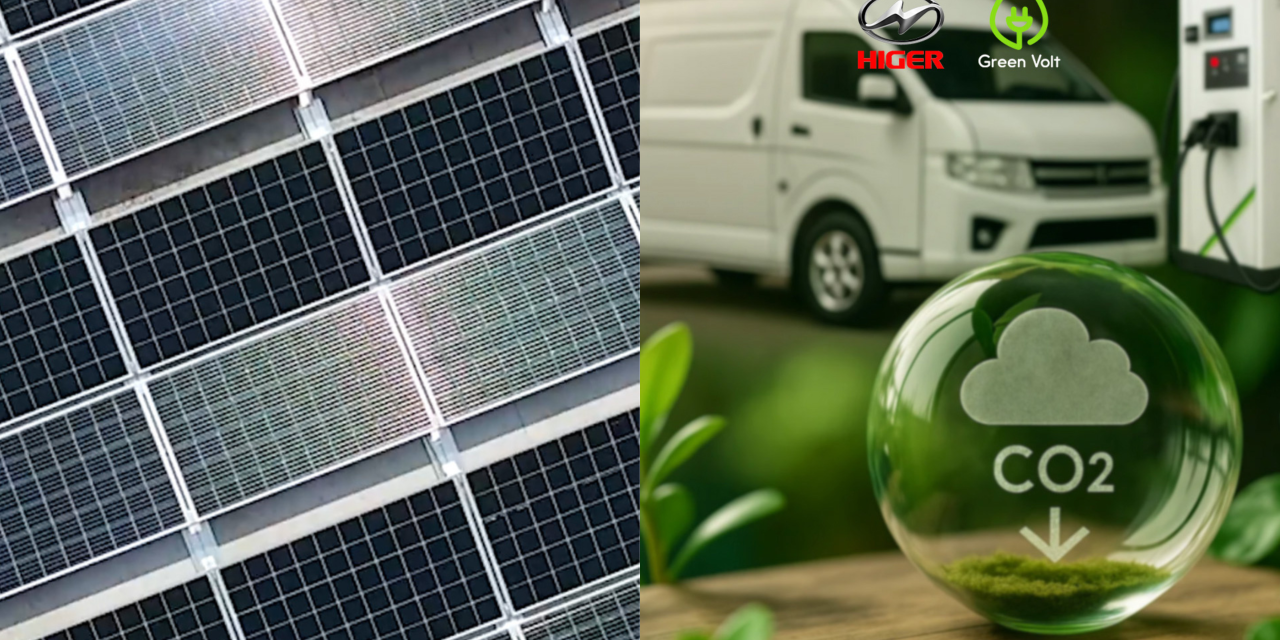The New Frontier of Fleet Efficiency
Singapore’s transport decarbonisation journey is entering a new phase — one defined not just by electrification, but by intelligence. The Land Transport Authority (LTA) Singapore and Energy Research Institute @ NTU , through the E-Mobility Technology Roadmap, outline how data-driven, grid-aware systems will shape the next generation of electric fleets. These systems, from dynamic charging to predictive telematics, are critical for reducing both operational costs and emissions in the long term.
As Singapore moves toward its Land Transport Master Plan 2040 (LTMP 2040) targets, the transition from diesel to electric fleets is only half the story. The other half lies in “smart operations” — integrating charging, routing, and energy use with real-time data to create resilient, efficient logistics ecosystems.
This approach doesn’t just benefit sustainability goals under the Singapore Green Plan 2030. It also enhances productivity and cost predictability for businesses that depend on continuous mobility.
Dynamic Charging and Grid Intelligence
The E-Mobility Technology Roadmap emphasises one key challenge: managing electricity demand. If all 600,000 cars in Singapore (based on 2012 baselines) were electrified, annual load demand would increase by roughly 2,500 GWh, or 5.2% of total generation. To handle this, dynamic and intelligent charging is essential. Without it, simultaneous fast charging across depots could overload feeders and local substations.

Dynamic charging supported by standards from IEC, SAE, and ISO allows vehicles to charge in response to grid signals, price shifts, and solar availability. The roadmap highlights how local power and charge management systems will be necessary at fleet depots, enabling “simultaneity management” to prevent peak overloads. These systems can also interact with photovoltaic (PV) generation, turning fleets into flexible energy consumers that reduce stress on the grid while cutting energy bills.
Crucially, future-ready operations will go beyond charging. With Vehicle-to-Grid (V2G) capabilities and PV integration, fleets can store excess solar energy during the day and discharge it strategically at night — creating a two-way energy relationship that reinforces Singapore’s renewable integration goals.
The Role of Digitalisation and Data
In its Smart Mobility Position Paper, European Chamber of Commerce, Singapore (EuroCham Singapore) underlines that digitalisation and interoperability are central to smarter transport systems. Data transparency and real-time communication between government, industry, and mobility providers are essential for optimising routes, monitoring emissions, and ensuring fleet reliability.
Telematics and route-optimisation tools embody this vision. By analysing usage patterns and energy data, fleet operators can reduce downtime and improve vehicle utilisation — key to achieving cost efficiency and compliance with SGX RegCo and ACRA - Accounting and Corporate Regulatory Authority’s ESG disclosure frameworks. For logistics and service operators, these insights convert raw data into operational decisions: adjusting charging times, avoiding congested routes, and extending vehicle life through predictive maintenance.

Digital standards also play a critical role. The roadmap and EuroCham both stress the need for open communication protocols and internationally aligned standards like IEC 61851-1, ensuring Singapore’s smart-fleet ecosystem remains globally interoperable.
From Insight to Implementation with Green Volt
At Green Volt Pte Ltd, we transform these policy and technology insights into practical solutions for Singapore’s SMEs. Our integrated systems combine Higer electric vans, Energio Solar's solar arrays, and EVOne Charging infrastructure to create turnkey fleet depots that are both energy-smart and cost-stable.

Smarter operations mean smarter outcomes. By merging technology, policy alignment, and sustainability, Singapore’s fleets can become a cornerstone of national decarbonisation and with Green Volt, that transformation is already underway.




